- DAI maintains stability through a system of smart contracts that automatically manage the supply of DAI to keep its value close to one US dollar.
- Users lock up collateral in the form of other cryptocurrencies like Ethereum to generate DAI, ensuring that the value of DAI is backed by tangible assets.
- The MakerDAO system uses mechanisms like the Stability Fee and the DAI Savings Rate to incentivize users to maintain the proper supply and demand balance for DAI.
Hey folks, I've been reading a bunch about cryptocurrency and blockchain stuff and landed on this MakerDAO's DAI stablecoin. I comprehend the basic gist of how a stablecoin works, you know it's a type of cryptocurrency that's value is pegged to another stable asset. Truly cool isn't it? But what I don't really get is how this DAI stablecoin maintains its stability. It's pretty mind-boggling for me, especially when the crypto world is known for its volatility. Can anyone enlighten me on this? How does DAI keep its value stable?
To jump right in, let me shed some light on how DAI achieves its stability. The process is quite technical but I'll try to simplify it.
DAI is actually an example of a collateralized stablecoin. This means it maintains its monetary value by being backed by another asset or a pool of assets, locked in a smart contract. In the case of DAI, those assets are other cryptocurrencies, such as Ether.
To create new DAI, a user has to lock up more than the equivalent dollar value in ETH in a Maker smart contract. Once the DAI is paid back, the holder can get their ETH back. This overcollateralization ensures that DAI can maintain its 1:1 peg with the US dollar, even in volatile market conditions.
Furthermore, MakerDAO utilizes a couple of tools – stability fee (sort of an interest rate charged by Maker) and the DAI savings rate (returns on DAI holdings) to keep the DAI supply and demand in equilibrium thus ensuring price stability.
It's all quite fascinating, isn't it? A unique approach to navigating the inherent volatility of cryptocurrency markets. Although it’s complicated, it seems to be quite an effective system so far. It seems the crypto-space offers sophisticated and functional systems like these to tackle traditional financial challenges. What are your thoughts on it? How do you see the future of such stablecoins?
Well honestly, I don't think the future of stablecoins like DAI is all that bright. There are just too many factors affecting its stability. Too much risk, if you ask me.
It's true that the risks associated with stablecoins can be a concern. However, with evolving regulations and advances in technology, don't you think we could also see improvements in risk management? What are some protocols that could potentially enhance the stability and security of these crypto-assets?
Governance tokens and community voting could be effective ways to manage risks and maintain stability. This could make it more democratic and transparent.
Absolutely, increased transparency and community involvement through governance could definitely help in addressing some of the concerns. It adds an extra layer of accountability and collective decision-making, which could strengthen trust in stablecoins like DAI.
Certainly, the governance aspect is crucial. Additionally, incorporating multi-collateral support can diversify the risk rather than relying on a single cryptocurrency as collateral. By accepting a basket of assets, this could mitigate the impact of any one asset's volatility on DAI's stability. Also, mechanisms like automatic liquidations of undercollateralized positions help to protect the system\'s health and maintain the peg. These liquidations are usually performed by keepers, which are participants incentivized by the system to maintain its stability. This combination of community governance and robust collateralization mechanics gives DAI a fighting chance to remain stable amidst the unpredictability of the crypto markets.
Definitely, the challenges are there, but I reckon there's a substantial innovative drive in the crypto space that continues to refine these systems. They're not static and will evolve in response to new demands and potential threats.
Integrating real-world assets and further diversifying collateral types could further enhance DAI's stability.
While the idea of integrating real-world assets sounds promising on paper, we must be cautious about how effectively this can be implemented in the realm of decentralized finance. Real-world assets bring their own sets of challenges, including legal complexities, valuation issues, and the need for reliable third-party verification processes. Relying on these assets to bolster the stability of DAI could introduce unforeseen complications that might undermine the decentralized ethos or complicate the regulatory landscape even further. So, it's essential to question whether these novel integrations can genuinely deliver stability without sacrificing the inherent benefits of decentralization. What do you think? Could these complexities be managed effectively, or do they present too significant a risk?
Oh, weaving real-world assets into crypto? Let's just hope they don't start accepting my comic book collection as collateral—those valuations are as volatile as my mood on a Monday morning!
Using real-world assets in stablecoins like DAI seems innovative but carries significant risks and complications that might not be easily manageable. The regulatory challenges alone could be a nightmare. Imagine the complexity of handling ownership rights, dealing with cross-border legal frameworks, and ensuring compliance with myriad regulations that differ drastically from one jurisdiction to another. It might just add layers of bureaucracy that could slow down processes and detract from the efficiency and autonomy that blockchain technology promises. Plus, the integration of physical assets into a digital framework raises security concerns. Every link between a physical asset and a digital token is a potential vulnerability that could be exploited, potentially leading to fraud or loss of funds. This could ultimately erode trust in DAI rather than reinforce it.
- How are traditional financial institutions adapting to the adoption of cryptocurrencies? 6
- How can blockchain technology revolutionize supply chain management? 4
- What opportunities does DeFi (Decentralized Finance) present for ordinary investors? 19
- Is it better to use a desktop wallet or a web-based wallet for storing cryptocurrencies? 2
- How can I use the MACD (Moving Average Convergence Divergence) indicator in my technical analysis of cryptocurrencies? 3
- Can cryptocurrencies help reduce corruption in public finance? 16
- How does the tokenomics of Binance Coin (BNB) influence its price? 7
- How can I protect my investments from sudden price crashes in the cryptocurrency market? 7
- What are some common technical indicators used to identify potential price reversals in cryptocurrency markets? 3
- How does Ethereum 2.0 differ from its previous version and what advantages does it offer? 5
- How do the privacy features of Monero differ from other cryptocurrencies? 4015
- Can you recommend any trading bots or automated tools for cryptocurrency trading? 3070
- How does a 51% attack on a blockchain network work? 2597
- What's the role of Gas in the Ethereum network? 2018
- How can one identify and avoid crypto scams and Ponzi schemes? 1304
- How can cryptocurrencies be used to empower individuals in unbanked or underbanked regions? 1119
- What's the significance of Bitcoin's 21 million coin limit? 891
- Can you recommend any wallets or exchanges that offer enhanced privacy features like coin mixing or stealth addresses? 846
- What are the legal implications of holding cryptocurrencies in country X? 843
- What are some legal strategies to minimize taxes on crypto investments? 841

We have compared the best crypto exchanges for you. Just take a look at our free crypto exchange provider comparison.

We have compared the leading crypto tax tool providers for you. Check out our free crypto tax tool provider comparison.
The Best Bitcoin Mining Providers at a Glance
» Infinity HashFrom our perspective, currently the best mining provider on the market. With the community concept, you participate in a mining pool completely managed by professionals. A portion of the earnings are used for expansion and maintenance. We've never seen this solved as cleanly anywhere else.
» Hashing24A well-known and established cloud hosting company. With a good entry point and in a good market phase, a good ROI can also be generated with some patience. Unfortunately, we see the durations as a major drawback.
Blog Posts | Current

Blockchain's Influence on the Automotive Industry
Introduction: Unveiling the Power of Blockchain Blockchain technology is boldly advancing into a variety of industries, utterly transforming our occasional transactions...
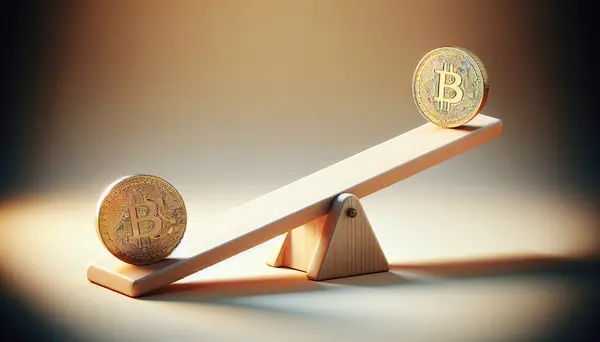
Bitcoin's Rise and Fall: Historical Analysis
Introduction: Bitcoin's Dynamic Journey Bitcoin, the world's first and most recognized digital currency, is often the subject of dramatic headlines, featuring...

The Role of Cryptocurrencies in Venture Capital: A New Frontier
Introduction - Understanding Cryptocurrencies and Venture Capital As technology evolves, so does our understanding of what makes a valuable asset. The...
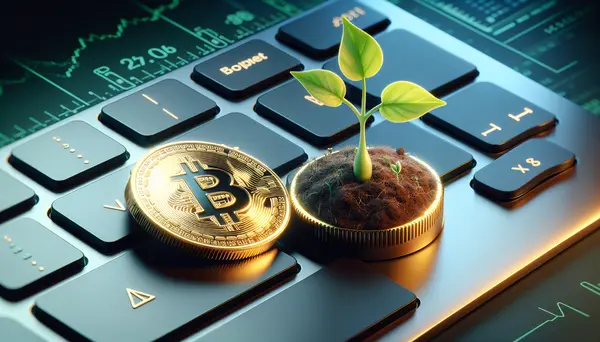
Investment Tips for the Budding Crypto Millionaire
Introduction: An Insight into Crypto Investment If you're venturing into the promising world of cryptocurrencies, a solid investment strategy can be...
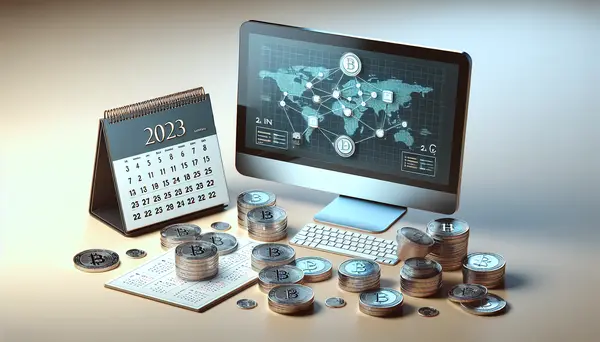
Top 10 ICOs to Watch in 2023
Collateral Network (COLT) Collateral Network (COLT) is a next-generation decentralized lending platform that leverages blockchain technology to facilitate secure and efficient...
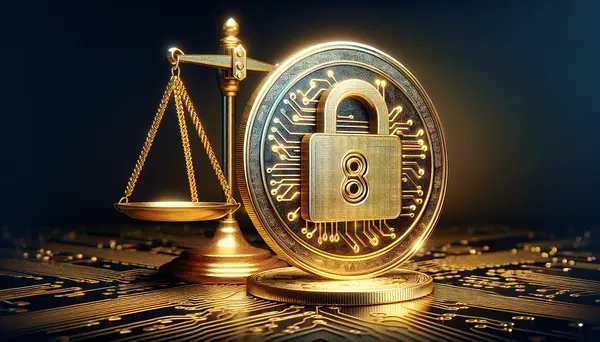
Understanding ICOs: Risks, Rewards, and Regulations
Introduction to ICOs Initial Coin Offerings, often shortened to ICOs, are an increasingly popular method of fundraising for new projects in...
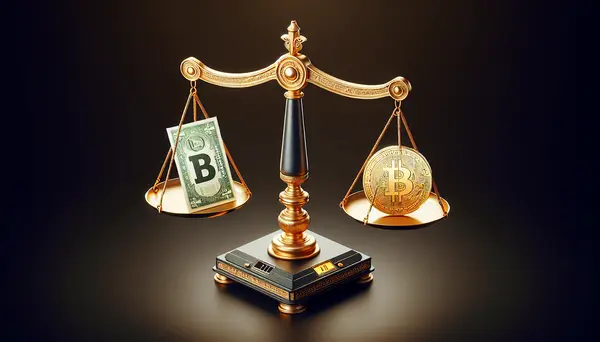
ICO vs IPO: Which is the Better Investment?
Introduction: Understanding ICO and IPO Before delving into the difference between ICO and IPO, it's crucial to understand what these terms...
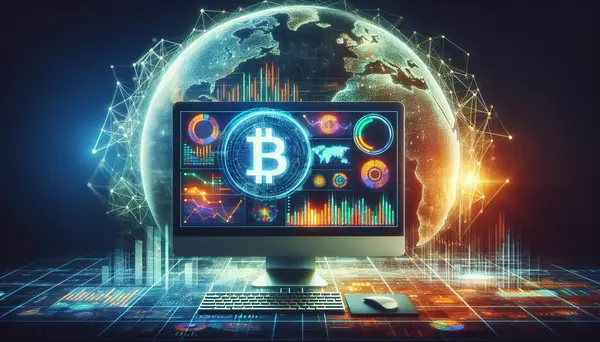
Mastering Technical Analysis for Bitcoin Trading
Introduction to Technical Analysis for Bitcoin Trading Trading in the cryptocurrency world, particularly Bitcoin, requires careful decision-making and strategic planning. One...

How to Build a Diversified Crypto Portfolio: A Step-By-Step Guide
Introduction: The Importance of Diversification Investing in cryptocurrencies can be both exciting and rewarding. However, it's crucial to remember that the...

Blockchain's Potential Beyond Cryptocurrency
Introduction: Blockchain's Potential Beyond Cryptocurrency When we hear the term "blockchain," most of us instinctively think of cryptocurrencies like Bitcoin and...
